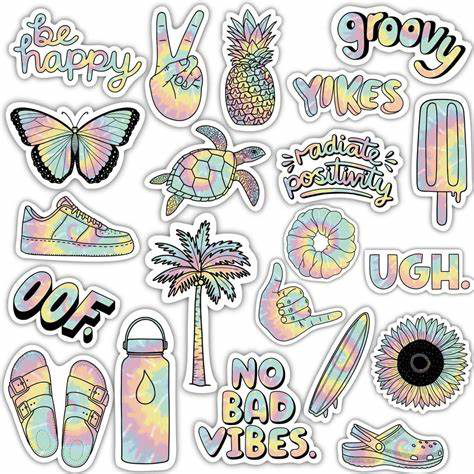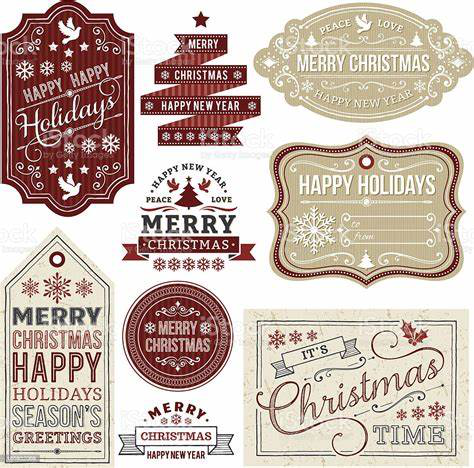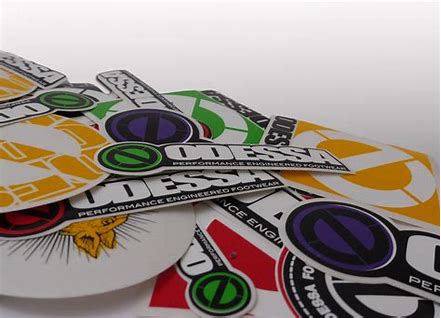Labels vs. Stickers
What is the difference between stickers and labels? Stickers and labels are both adhesive-backed, have an image or text on at least one side, and can be made with various materials. They both come in many shapes and sizes – but is there really a difference between the two?
Many treat the terms ‘sticker’ and ‘label’ as interchangeable, although purists will argue that there are some differences. Let’s determine if there truly is a distinction to be made between stickers and labels.
Stickers
What are the characteristics of stickers?
Stickers typically have a premium look and feel. In general, they are made of thicker and more durable material than labels (such as vinyl) and are often cut individually. They are also characterized by a strong focus on design; all the different elements from size and shape to color and finish are often carefully considered. Stickers commonly feature company logos or other images.
How are stickers used?
Stickers are used in promotional campaigns and as decorative items. They can be included with orders, attached to promo items, thrown inside free goodie bags, handed out to individuals at exhibitions and trade fairs alongside business cards, and displayed on vehicles and windows.
Stickers are usually applied to a smooth surface. Because they can withstand exposure to the elements, they can be displayed in outdoor as well as indoor settings.
Labels
What are the characteristics of labels?
Labels are usually made from thinner material than stickers—polypropylene, for example. Commonly, they come in large rolls or sheets and are cut to a specific size and shape to fit a particular product or purpose.
How are labels used?
Labels have two main purposes: they can convey important information about a product, and also help make your brand more visible in a crowded market. Types of information that can be put on a label include:
The name or the destination of a product
A list of ingredients
Company contact details (such as website, address, or telephone number)
Regulatory information
The options are endless.
Labels are ideal for use on various types of packaging, including takeaway containers, boxes, jars and bottles. When competition is tough, labels can play a large part in purchase decisions. Therefore, unique and attractive labels with the right message are a cost-effective way to improve product visibility and make a brand more recognizable.
Because they usually come in rolls, labels are fast to peel by hand. Alternatively, a label application machine can be used, and both the orientation of the labels and the distance between them can be adjusted if needed. Labels can be attached to a variety of surfaces, anything from plastic to cardboard.
But wait – what about decals?
Decals – not labels, but not regular stickers either
Decals are typically decorative designs, and the word “decal” comes from decalcomania – the process of transferring a design from one medium to another. This process is the difference between regular stickers and decals.
Your typical sticker is removed from its backing paper and stuck wherever you want. Job done! Decals, however, are “transferred” from their masking sheet to a smooth surface, often in several parts – hence the difference. All decals are stickers, but not all stickers are decals!
So, in conclusion…
Stickers and labels are (subtly) different
There are a few noteworthy differences between stickers (including decals!) and labels.
Stickers are designed to be eye-catching, are often given away or displayed individually and are made to last. Use them to make an impression and to attract more customers to your brand.
Labels on the other hand usually come in multiples, are great at drawing attention to important product information and can help your brand present a professional front that will let you stand out among the competition. Use them to convey your brand’s message and to increase its visibility.
Post time: Jan-18-2021



